 |
Customer Service: Using What You've Learned (Corrections) |
0.25 |
This course will provide you with the information and—we hope—the inspiration to improve your customer service skills and work toward personal success. The final two steps are up to you: You must implement what you have learned, and continue to work on improving your skills. |
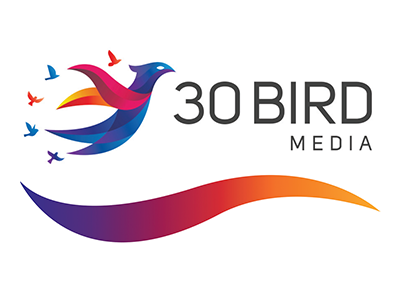 |
CWNP Certified Wireless Specialist - Exam CWS-101 |
8.00 |
Certified Wireless Specialist - Exam CWS-101 covers the fundamentals Wireless Fidelity (Wi-Fi) technologies for wireless communications. The student will learn the basics of how Radio Frequencies (RF) are utilized by Wi-Fi with hardware and software to create wireless local area networks (WLANs). Upon completion of this course, the student will have the knowledge required for the CWS-101 exam and CWS certification.
This vendor neutral course assumes that the student has a basic knowledge of using wireless computing devices and wireless networks. The exam objectives are marked throughout the course, with applicable acronym and objective indexes. |
 |
CWNP Certified Wireless Specialist CWS-101 Exam Prep |
1.00 |
Exam Prep to accompany 30 Bird's CWNP Certified Wireless Specialist - Exam CWS-101 course. |
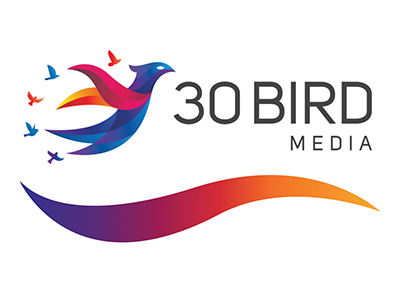 |
CWNP Certified Wireless Technician - Exam CWT-101 |
8.00 |
This entry-level certification (Certified Wireless Technician - Exam CWT-101) is offered by Certified Wireless Network Professionals, or CWNP, as part of a vendor-neutral wireless certification program.
According to CWNP, the Certified Wireless Technician (CWT) should be able to install APs based on a design document, configure the AP for initial operations and ensure connectivity, troubleshoot basic problems, and assist users in-person or through remote communications in problem resolution. Perhaps the most important skill is the ability to set up a WLAN client for connectivity, including SSID configuration, security settings, and other client adapter settings. |
 |
CWNP Certified Wireless Technician CWT-101 Exam Prep |
1.00 |
Exam Prep to accompany 30 Bird's CWNP Certified Wireless Technician - Exam CWT-101 course. |
 |
Cyberbullying |
1.00 |
Cyberbullying is bullying that takes place over digital devices like cell phones, computers, and tablets. Cyberbullying can occur through SMS, text, and apps, or online in social media, forums, or gaming where people can view, participate in, or share content. Cyberbullying includes sending, posting, or sharing negative, harmful, false, or mean content about someone else. It can include sharing personal or private information about someone else, causing embarrassment or humiliation. Some cyberbullying crosses the line into unlawful or criminal behavior.
In this course, you will:
• Learn the definition of cyberbullying
• Discover tactics on preventing cyberbullying
• Discover tips on communicating with parents and teachers, and how to report instances of cyberbullying |
 |
Cybersecurity Fundamentals |
1.00 |
With the increasing use of technology in all facets of life, the internet has quickly become a necessity in doing business, getting an education, providing medical care, and operating on a daily basis. The internet is essential to most industries and sectors that you could work in. This importance and usage also bring along the negatives of the internet. Cyber attackers can steal information from people who are not careful nowadays and you need to be able to protect yourself.
This course provides information on the internet and how to mitigate the risks of operating online to avoid putting yourself in danger. In addition, you will also learn about how to protect your data and respond effectively to any sort of cybersecurity incident. |
 |
Daily Schedule Development with Child-Centered Activities (CDA 5) |
2.00 |
This course delves into the essential balance of structure and flexibility within early learning environments. Discover how a well-ordered daily schedule fosters confidence and security in young children while nurturing their natural curiosity. Explore strategies for creating age-appropriate schedules that meet their developmental needs and unlock the power of child-centered learning opportunities. |
 , ,  |
Dance for Joy: Confident, Calm, and Compassionate |
1.00 |
This module from Dance for Joy will provide teachers with resources and activities that can be used and modified to support physical, mental, social, and emotional development in young children.
This course covers 5 activities: Tickle the Sky, Tapping, Every Little Cell, We are One, Scoop up the Universe. |
 |
Dance for Joy: Movement, Music, and Rhyme |
1.00 |
This module from Dance for Joy will provide teachers with resources and activities that can be used and modified to support physical, mental, social, and emotional development in young children.
This course covers 5 activities: I Touch My Nose, I Touch My Toes, Hold Yourself Tight, Wake Up Right, Reach One Way, Reach the Other, Locomotor Freeze Dance, Salt and Pepper Dance. |
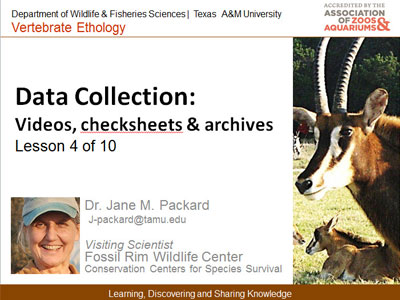 |
Data Collection: Videos, Check-sheets & Archives |
1.00 |
Do you have an enthusiastic team of volunteers and are concerned about observer reliability? Learn how to fine-tune behavioral observation protocols to maximize accuracy and reliability. The advantages and disadvantages of video records and check-sheets will be discussed as well as ethograms. A workable process for recording and archiving video-data will be demonstrated, to facilitate efficient sharing within a team. |
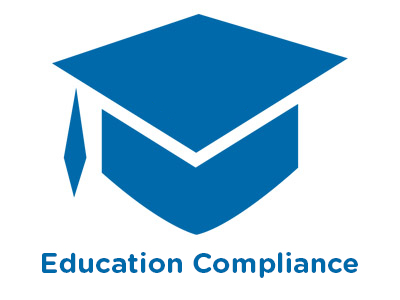 |
Data Security Training |
1.00 |
Data hacks in higher education are the second-highest category of reported industry breaches, accounting for 17 percent of all reported hacks. Resolving data hacks is expensive, costing anywhere from hundreds of thousands to millions of dollars. Understanding how to maintain data security is key to preventing hacks and keeping sensitive data private. |
 |
Deaf-Blindness and Communication for Paraprofessionals |
1.00 |
This course covers Deaf-Blindness and Communication. It will help you develop new knowledge about deaf-blind students. You will learn what communication systems to use and strategies to implement in the classroom. It will also help you understand your role as a paraprofessional when working with a deaf-blind student. |
 |
Deaf-Blindness and Communication for Teachers |
1.00 |
This course covers Deaf-Blindness and Communication. It will help you develop new knowledge about deaf-blind students. You will learn what communication systems to use and strategies to implement in the classroom. It will also help you understand your role when working with a student who is deaf-blind. It is just one out of many teacher courses we offer. |
 |
Dementia and Oral Health |
1.00 |
Dementia is one of the main causes of disability among older adults. Alzheimer’s disease is the most common form of dementia. The oral health of patients with Alzheimer’s disease can be worse than that of those without dementia. Therefore, maintaining good oral health is an important and integral part of their general health. The purpose of this educational module is to provide an overview of oral health and the importance of oral care for patients with Alzheimer’s disease. |
 |
Desarrollo cerebral en bebés y niños pequeños (CDA 8) (Spanish) Brain Development in Infants and Toddlers (CDA 8) |
2.00 |
El desarrollo del cerebro ha cambiado en los últimos 20 años. El desarrollo temprano del cerebro se centró principalmente en los aspectos intelectuales del cerebro, pero en los últimos 10 años, se ha prestado más atención a los intercambios socioemocionales en la infancia y cómo eso afecta el desarrollo del cerebro. Las experiencias tempranas predisponen la forma en que los niños ven el mundo.
Brain development has changed over the last 20 years. Early brain development focused mainly on the intellectual aspects of the brain, but over the last 10 years, more focus has been placed on the social-emotional exchanges in infancy and how that affects brain development. Early experiences predispose how children see the world. |
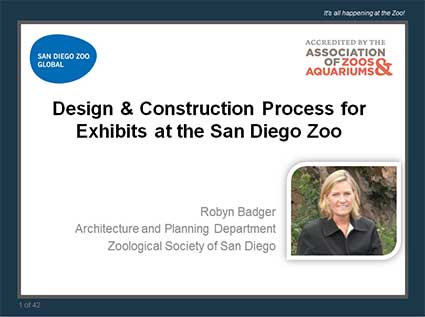 |
Design and Construction Process for Exhibits at the San Diego Zoo |
1.00 |
This webinar will walk you through the process from concept thru construction. You will understand how to read schematic documents and where to find information on construction documents to answer questions or feel more confident when interacting with design professionals or construction managers.
By the end of the course you should be familiar with the steps taken to complete a project. |
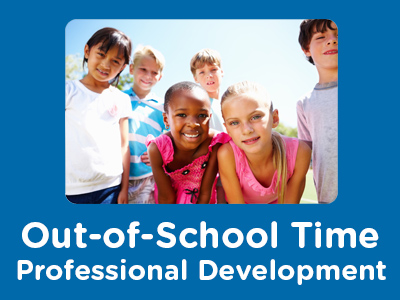 |
Designing Effective Indoor Play and Learning Environments for School-Age Programs |
2.00 |
Planning effective environments is the first step to planning an effective program. When environments are attractive, interesting, and comfortable, they provide a backdrop for a varied program that can address the developmental needs of school-age children. The look and feel of well-planned environments send messages that let children know they are welcome and valued. They are inviting and encourage children to get involved and stay engaged with program activities and experiences. |
 |
Designing Effective Interest Areas and Learning Environments for K-2 |
1.00 |
In order to operate an effective classroom environment, it is essential for school staff to know how to design, set up, and operate a variety of different interest areas that meet the developmental needs of students. When environments are attractive, interesting, and comfortable, they provide a backdrop for a classroom that can address the developmental needs of students. Effective interest areas are multi-dimensional; they provide a wide variety of activity options within the area. School staff in quality classrooms know how to work with colleagues and children to define, develop, and manage a wide variety of interest areas in a meaningful way. |
 |
Developing Activities That Encourage Creativity and Cognitive Development |
2.00 |
Children who regularly attend school-age programs need many opportunities to engage in activities that will help them develop their creative potential and apply their emerging thinking abilities and skills. To support children’s needs, it is essential for school-age staff to understand the creative process, and the relationship of cognitive development to creativity. With this knowledge and understanding, staff can design and implement a program that encourages a sense of wonder as children explore their environment, fosters creative imagination, and enhances children’s ability to apply reasoning skills appropriately as they develop ideas and encounter challenges, problems, and opportunities. |
 |
Developing Activities That Support Character Development and Promote Social Interaction |
2.00 |
School-age programs can provide children with many opportunities to work on character development. Staff who are knowledgeable about character development can create program experiences that help individual children bring out their best inner qualities as they interact with peers and adults outside the family. Staff can also use this knowledge to help children make positive contributions to the program, their school, their community, and to the world beyond their community. |
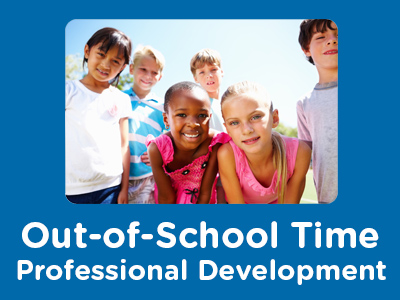 |
Developing and Implementing Effective Indoor Interest Areas |
2.00 |
In order to operate an effective school-age program environment, it is essential for staff to know how to design, set up, and operate a variety of different interest areas that meet the developmental needs of school-age children. Effective interest areas are multi-dimensional; they provide a wide variety of activity options within the area. Effective interest areas provide children with opportunities to work and play independently on their own or with others. They also provide a setting for focused, staff-led activities designed to introduce children to new concepts and skills. Staff in quality school-age programs know how to work with colleagues and children to define, develop, and manage a wide variety of interest areas. |
 |
Developing and Implementing Effective School-Age Outdoor Environments and Interest Areas |
2.00 |
School-age children need daily opportunities to exercise, relax, and participate in a wide range of outdoor activities. The hours children spend in after school programs are often the best hours of the day for getting fresh air and enjoying the out of doors while it is still daylight. School-age programs can provide safe, secure settings where children can enjoy the out of doors. Even if outdoor space is limited, regular participation in a wide variety of physical activities in the open air can help children develop healthy exercise habits that will last a lifetime. |
 |
Developing Children's Emergent Literacy Skills (CDA 2) |
2.00 |
Spark curiosity, and inspire imagination: Watch young minds blossom as they build pre-reading and writing skills! This course equips you with playful, effective approaches to foster essential emergent literacy skills, setting the stage for future reading and writing success. |
 |
Developing Effective Outdoor Environments and Interest Areas (Collection) |
2.00 |
School-age children need daily opportunities to exercise, relax, and participate in a wide range of outdoor activities. The hours children spend in after school programs are often the best hours of the day for getting fresh air and enjoying the out of doors while it is still daylight. School-age programs can provide safe, secure settings where children can enjoy the out of doors. Even if outdoor space is limited, regular participation in a wide variety of physical activities in the open air can help children develop healthy exercise habits that will last a lifetime. |








 ,
, 

















